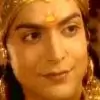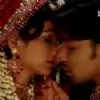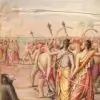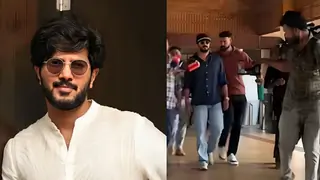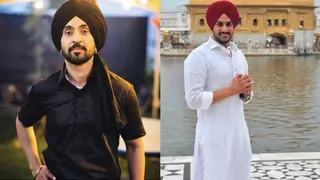Its completely true that no one has read all the translations and hence we do not know which is an insertion and which is not.
About Shurpanakha, the story of her being married is completely new to me. The only time I've heard the name Shambar (the name of Shurpanakha's son in this serial was Shambar right?) was - Shambar was the demon Maharaj Dashrath fought with Kaikeyi as his charioteer. I myself had the doubt how she was allowed to wear colours after being widowed.
This story and Bharath getting injured (the episode telecasted in March, I think - where the four brothers are ambushed by the rivals from the Swyamvar) were completely new to me. I had tried finding out where these stories had originated from. Some of my friends said that they remember reading it somewhere but nothing more than that.
There are many variations in each Ramayan version. The story of Hanuman meeting Bharath can be found in Tulsidas's Ramcharita Manas but not in Valmiki's Ramayan. There was no mention of Ayodhya as far as I know in Valmiki's Ramayan after Ram leaves Chitrakoot. Uttar Kand was written by Tulsidas and not Valmiki. Similarly the Tamil version written by Kamban also ends with Sri Ram's coronation. The Uttar Kanda in Tamil was written separately by a poet called Ottakoothar. Not only in Tulsidas Ramayan, but there are variations in each and every version written in a different language.
The Tamil version - Kamba Ramayan (originaly titled Ramavataar but later renamed in honour of the poet Kamban who wrote it) has quite interesting variations (like Dashraath's last rites, Sita's kidnap by Ravan, Ayomukhi, the Nagapasha incident) but the poet (Kamban) had followed Valmiki Ramayan. Some of the variations were made to suit the South Indian Culture (some were made just for the story's sake).
The rest of the versions in India more or less resemble one of these three - Valmiki, Tulsidas or Kamba Ramayana.
One of the foreign versions (Thai or Korean, I don't remember) says that Ram married Sita only after the Lanka war giving the reason that they had no children till they came back to Ayodhya (Again I don't know for sure as to which version this is from).
Apart from this so many side stories have come up. I have no idea whether it is true or whether people have just exhibited their creativity.
Another important thing is that throughout our history (not only India but the world in general) it is those (the poets and historians of the kings) who are victorious in war write and record the events. Since its the victors who have decided the history, its possible that many stories may have been hidden or lost. And it is possible that some people (probably the ones on the losing side) may have handed some of the true stories to their future generations verbally.
I do not know how to differentiate which is the true story and which is not. As Maharishi Valmiki was the one who wrote Ramayan first, I think that was the original story. Maybe someday I can learn Sanskrit and read it for myself. I have only read the translations till now.
Apologies for the too long reply. I hope no one got bored with this.
Edited by Vibhishna - 16 years ago




